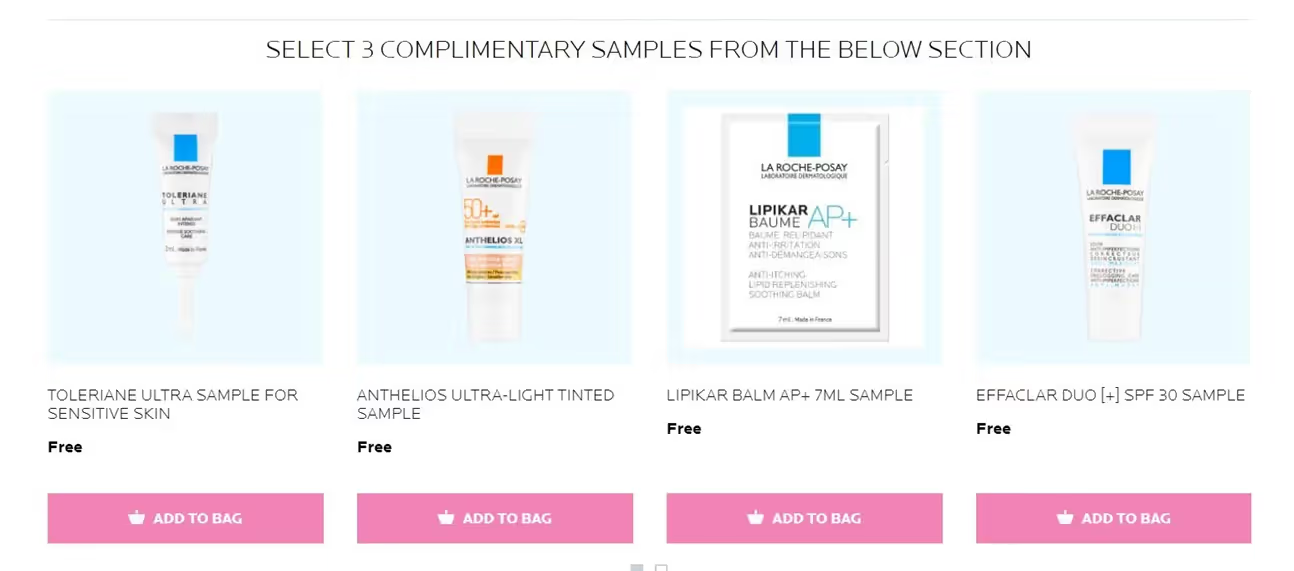Why Beauty Brands Need a Strong Digital Presence
Pattern outlines why beauty brands need a strong digital presence to counter the demise of department stores and high street retailers.
The global beauty industry was valued at $532 billion last year; the US being the largest market, followed closely by China. However, with the demise of beauty counters around the world as department stores close down, it’s now more apparent than ever that beauty brands need a strong digital presence. Below we outline how, and why, beauty brands should use digital sales channels effectively to offset the decline in sales opportunities through bricks-and-mortar stores.
The role of your direct-to-consumer site
Direct-to-consumer sites allow brands to build on their offering with authenticity, identifying customer pain points and delivering value-adding touches. It was reported that 67% percent of Millennials choose to shop online rather than in store; further reiterating why beauty brands need a strong digital presence. More recently, the beauty industry has seen an increase in the number of direct-to-consumer (D2C) sites, with the likes of Glossier and Kylie Cosmetics both leading the way in capturing internet-driven audiences.
Both examples showcase how D2C has become the strategy of choice for beauty brands who are looking to disrupt the traditional in-store retailing model. As part of our D2C benchmarking study of 100 consumer brands' websites, we reviewed the sites of 20 beauty brands on criteria including ecommerce hygiene and usability best practice, plus criteria relating to value-adding elements of the site or its proposition.
We found that in general, beauty brands did well in comparison to those in other sectors, with many excelling in their value-adding propositions, using subscription models, loyalty programmes and bookable appointments or promotion of in-store events. In fact, beauty brands are in a strong position to add value with the product sold on their D2C sites – particularly by offering bundles, exclusives and free samples.

However, until recently, much of the value-adding activity has been concentrated on counters and stores. The two channels should be complementary, with stores and counters driving consumers to your website for expanded ranges, personalized products and more advice and content; while your site should actively promote counters and stores.
Businesses often need to realign their structures and responsibilities to ensure that teams are measured and incentivized to grow both online and offline sales. We recently worked with a beauty brand who needed such support to reorganise its structure and ensure that its digital offer matched its counter experience to future-proof the business.
Amazon strategy: to cooperate or compete?
Marketplaces are growing their share of online sales in many markets around the world, so it’s no surprise that more consumer brands are now contemplating the role marketplaces can play as part of their brand strategy. Pattern’s latest report looked at the top six best-selling categories in 12 markets and found that the beauty category was popular on every local instance of Amazon.
When considering why beauty brands need a strong digital presence, it is vital beauty brands seek to build on a defense strategy via marketplaces. Put simply, if your brand is not being sold on Amazon by yourselves, it will be sold by unauthorized third-party sellers. Unauthorized seller listings vary in terms of pricing, packaging, delivery costs and times, and warranty offered, putting your brand’s reputation at risk.
With non-essential retail stores and ecommerce sites operating at a reduced capacity, sales on Amazon show how many consumers have turned to the marketplace to purchase their beauty must-haves. Recent Amazon search term analysis showed demand for beauty and personal care products which allow consumers to replicate the salon experience at home have been increasingly popular in the UK.
While many beauty brands remain unconvinced by the rigid page layouts and lack of branded experience on Amazon, it’s important to consider the marketplace site’s ability to provide brands with a shortcut to internationalization. To ensure it has selection in key categories, Amazon encourages cross-border selling; meaning your products will be readily available in markets that previously might have required a localisation strategy.
Beauty brands' digital response to COVID-19
The unprecedented events of the last few months have proven that an online presence is vital for consumer brands to remain afloat. COVID-19 has taught many beauty brands that having a digital sales channels is crucial for survival. Launching or improving a D2C site takes time, but selling via marketplaces can be a quick win to maximize distribution while physical stores are closed. As stores do re-open and social distancing measures are being kept in place, even successful store-based retailers will not see the same footfall as before, as shoppers are likely to encouraged to cover their faces and physical contact between staff and customers will be discouraged.
Therefore, it is unlikely that counters will be able to offer the same services as they have in the past for a period of time. In the longer term, the COVID-19 crisis is likely to further weaken the department store business model, and some stores will never re-open. Even premium UK department store John Lewis, which has fared better than its mid-market competitors in the last few years thanks to its positioning and relatively high online sales share (30% of its total sales), is mulling whether all of its stores will survive. To discuss how Pattern can help to define your digital strategy, trade your direct to consumer website or support your sales on marketplaces please contact us.


.jpg)





.jpg)

